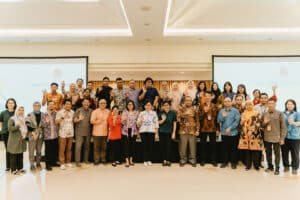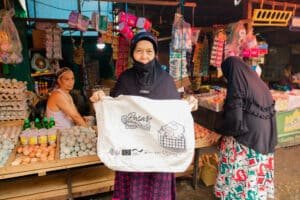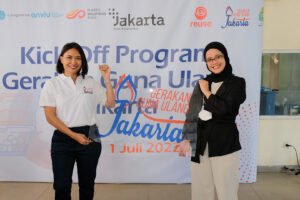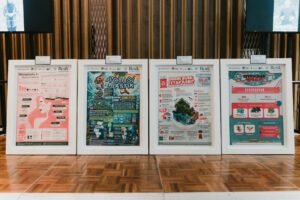This initial screening aims to find out the presence of microplastics in Jakarta waters, which will help provide information on the impact of microplastics on human life in general and the people of Jakarta in particular. This research also aims to recommend actions to reduce microplastic generation and handle microplastics.
Sampling was carried out in August 2021 and was divided into 44 sampling locations spread across rivers, estuaries, bays, and seas. The samples identified in this research included water, sediment, and fish digestion.
The method used to identify sediment and water samples refers to NOAA (National Oceanic and Atmospheric Administration). Meanwhile, the process for testing fish digestive samples refers to Marine Plastic in Fish from the Civic Laboratory for Environmental Action Research (CLEAR). The identification results obtained from this microplastic test found microplastics from all types of samples from all points. The most significant type of microplastic found in water samples in DKI Jakarta Bay, DKI Jakarta Muara, and DKI Jakarta Islands is the fiber type.
The highest abundance of microplastics in the DKI Jakarta estuary was at MPM 3 at 2.22 particles/L. The highest abundance of microplastics in the DKI Jakarta bay was in MPT 3 at 0.79 particles/L. The highest abundance of microplastics on the DKI Jakarta archipelago is in MPK 2 at 1.19 particles/L. The average abundance of microplastics in waters off DKI Jakarta is 0.89 particles/L. Meanwhile, the microplastics most commonly found in sediment samples are the filament type.
The highest number of microplastic particles contained in MPSM 2 was 375 particles/100 grams. The average abundance of sediment microplastics was 116 particles/100 grams. The next type of microplastic most commonly found in fish samples is filaments. The types of fish that consume the most microplastics are predatory fish. The average consumption of microplastics in fish is 167 particles/fish. Meanwhile, if you look at the light spectrum, it shows that more microplastics will be found the closer you are to the land area, and there will be fewer amounts the further you are away from the land.








